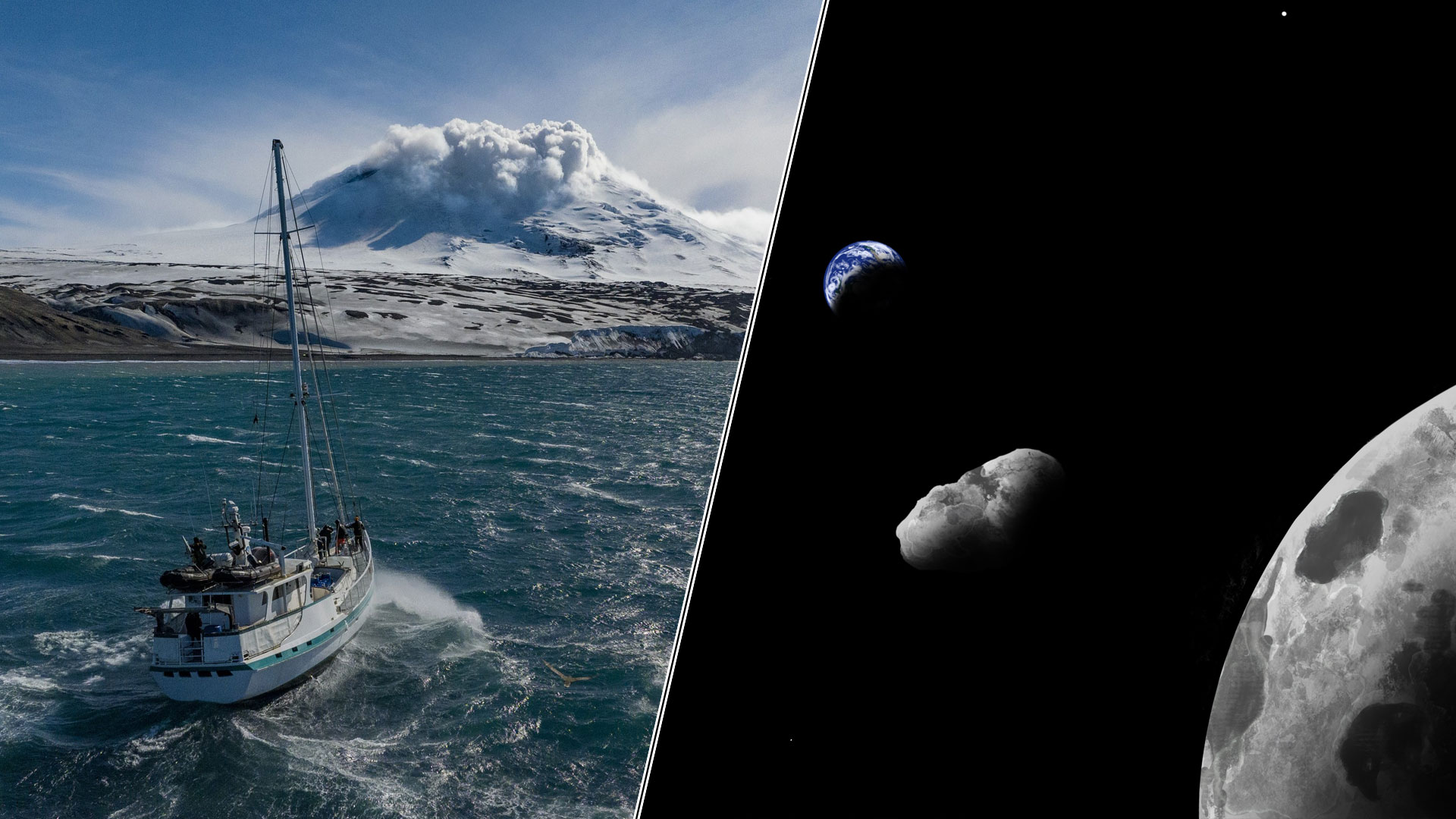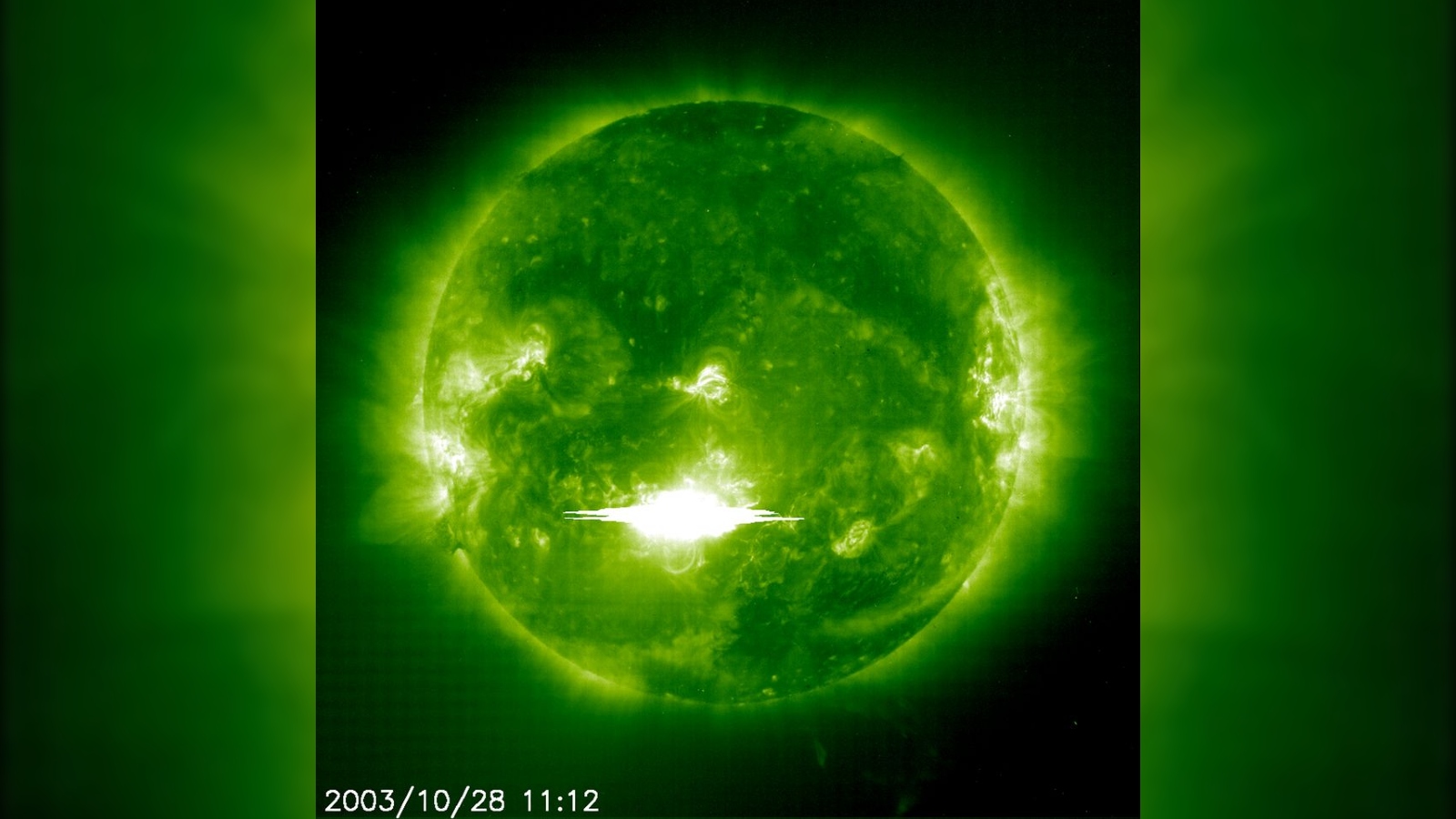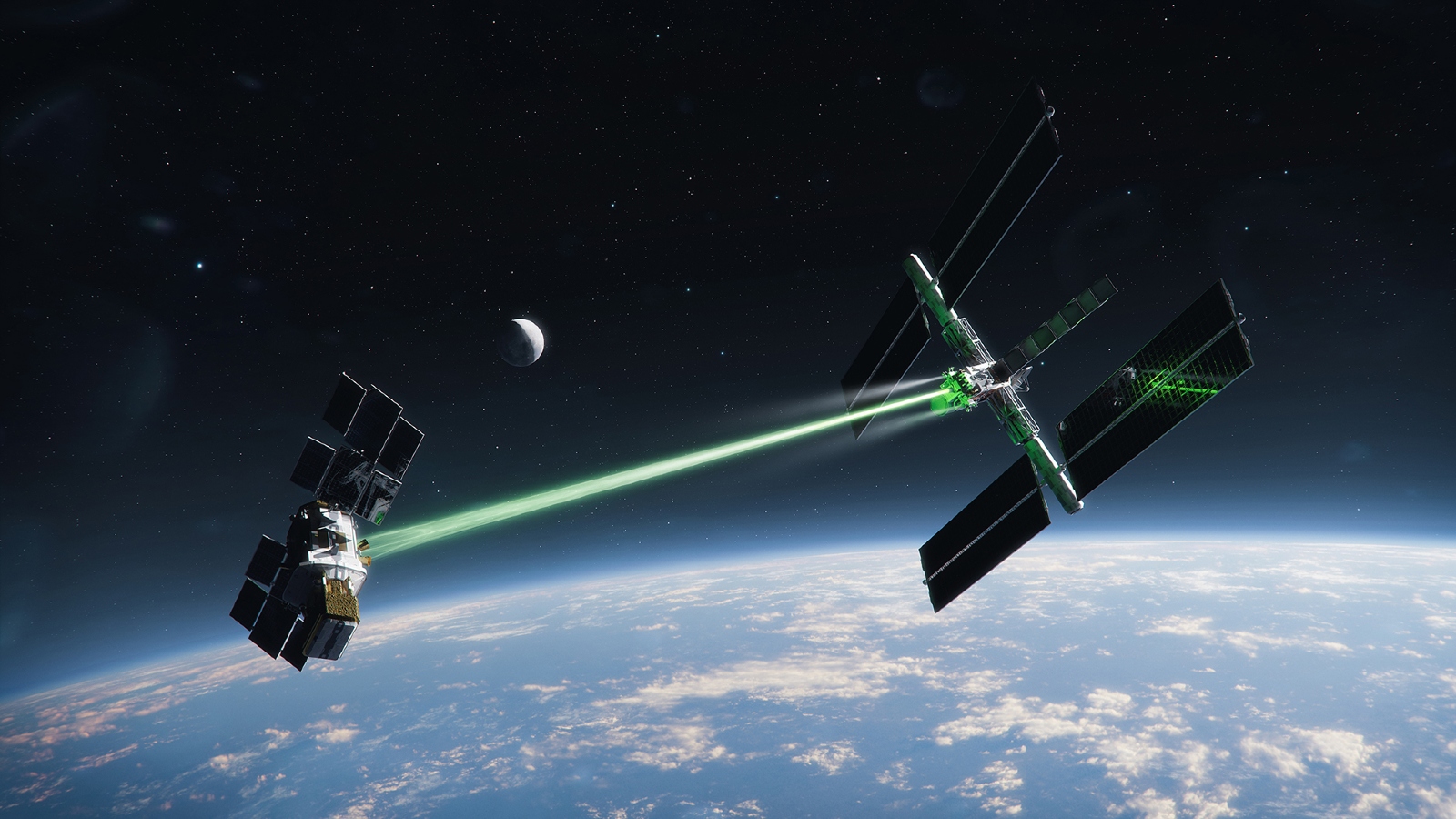Science news this week: Lava lakes and moon chunks
Oct. 29, 2023: Our weekly roundup of the latest science in the news, as well as a few fascinating articles to keep you entertained over the weekend.

This week in science news, we followed an expedition to the bottom of the world in search of a lava lake, tracked a mysterious chunk of the moon orbiting Earth and discovered something horrifying hiding in someone's ear canal.
Although we know much about the surface of our planet, there is still plenty to be discovered, and it takes brave souls and daring adventures to locate and confirm these never-before-seen features. That's what one set of researchers did when they visited Mount Michael, a volcano on Saunders Island near Antarctica, where they completed a perilous ascent to confirm the existence of something that was previously only theory — the world's eighth lava lake.
The Antarctic was also home to more alarming news this week, with the discovery of highly pathogenic bird flu that could threaten penguin colonies, and reports of the "unavoidable" collapse of the West Antarctic ice sheet.
Shifting from Antarctica to Africa, we learnt of a "world-class aquifer" in the Sahara, an ancient Egyptian Book of the Dead and the "small miracle" of genetically linking living people with skulls stolen from Africa a century ago and stored in a German museum.
The origin of an asteroid discovered in 2016 that is closely orbiting Earth has been baffling scientists, but a new study suggests it could be a chunk of our nearest neighbor, the moon (which itself could be a lot older than we previously thought). Another thing orbiting too close for comfort is space junk, and a new study suggests it could be changing Earth's upper atmosphere in ways we don't fully understand.
Over to the animal kingdom, the top stories this week revealed just how terrifying a Jurassic "megapredator" might have been; the discovery of numerous fossils belonging to the world's largest-ever marsupial; and how caterpillars evolved their weird chubby little "prolegs".
Finally, it wouldn't be the spookiest time of the year without a little horror —the "little" thing in this case being a spider, and the horror is, well, see for yourself… if you dare!
Sign up for the Live Science daily newsletter now
Get the world’s most fascinating discoveries delivered straight to your inbox.
Follow Live Science on social media
Want more science news? Follow our Live Science WhatsApp cChannel for the latest discoveries as they happen. It's the best way to get our expert reporting on the go, but if you don't use WhatsApp we're also on Facebook, X (formerly Twitter), Flipboard, Instagram, TikTok and LinkedIn.
Picture of the week

This ghoulishly green image shows a solar flare exploding on the sun's surface, taken on Oct. 28, 2003. During the spooky season of 2003, the sun spat out an unusually powerful series of solar flares, known as the "Halloween solar storms." The most powerful of these flares, an X-class flare, exploded from a sunspot wider than 13 Earths and launched a high-speed burst of electrically charged particles, called a coronal mass ejection (CME), that smashed into Earth the next day.
The resulting CME temporarily knocked out half of the satellites orbiting Earth at the time and forced astronauts on the International Space Station to take cover from the radiation. On Earth, the resulting geomagnetic storm raged for three days, creating temporary radio blackouts across large parts of the planet and causing permanent damage to electrical infrastructure in some places.
Experts say the superpowered storm could have been the largest since the Carrington Event in 1859, but if that wasn't spooky enough, the sun's upcoming period of peak activity, the solar maximum, looks set to be the strongest in decades.
Sunday reading
- "What a proboscis the moth that sucks it must have!" — which famed scientist said this and why?
- What happens when you cross a polar bear with a grizzly? Nope, it's not a joke, just one of a number of strange animal hybrids.
- "It's crazy to think that we don't have a complete map of our planet": What percentage of the ocean have we mapped?
- The truth is out there, just don't expect an alien invasion anytime soon.
- We are getting into sniffle season, but what does it look like when your sinuses are clogged?
- Are dogs smarter than wolves?
Something for Halloween

It's the season of creepy pumpkin carvings, terrifying trick-or-treating and ghoulish ghost stories, but let's not let science get in the way of something supernatural. Here are some of our frightful favorites for spooky season.
- Why is laughter sometimes scary?
- Were any 'witches' burned at Salem?
- 20 of the best conspiracy theories
- What is the largest arachnid to ever live?
- Are jackalopes real?
- What's the minimum number of people needed to survive an apocalypse?
Live Science long read

With the commercial space industry booming, the number of satellites in Earth's orbit is forecast to rise sharply. This bonanza of new satellites will eventually wear out and turn the space around Earth into a giant junkyard of debris that could smash into working spacecraft, plummet to Earth, pollute our atmosphere with metals and obscure our view of the cosmos. If left unchecked, the growing space junk problem could hobble the booming space exploration industry, experts warn.
So what is the solution to this high-stakes problem? Something straight out of science-fiction — tractor beams.











